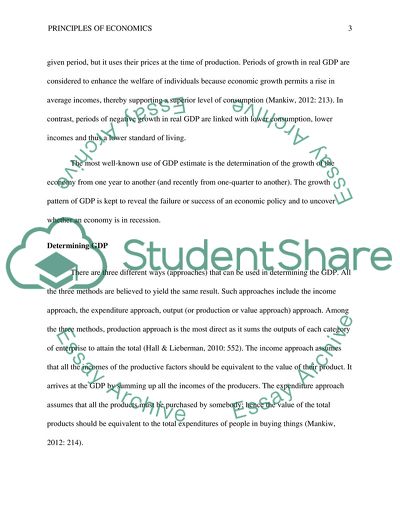Cite this document
(Principles of Economics Essay Example | Topics and Well Written Essays - 2000 words - 1, n.d.)
Principles of Economics Essay Example | Topics and Well Written Essays - 2000 words - 1. https://studentshare.org/macro-microeconomics/1850403-principles-of-economics
Principles of Economics Essay Example | Topics and Well Written Essays - 2000 words - 1. https://studentshare.org/macro-microeconomics/1850403-principles-of-economics
(Principles of Economics Essay Example | Topics and Well Written Essays - 2000 Words - 1)
Principles of Economics Essay Example | Topics and Well Written Essays - 2000 Words - 1. https://studentshare.org/macro-microeconomics/1850403-principles-of-economics.
Principles of Economics Essay Example | Topics and Well Written Essays - 2000 Words - 1. https://studentshare.org/macro-microeconomics/1850403-principles-of-economics.
“Principles of Economics Essay Example | Topics and Well Written Essays - 2000 Words - 1”. https://studentshare.org/macro-microeconomics/1850403-principles-of-economics.


